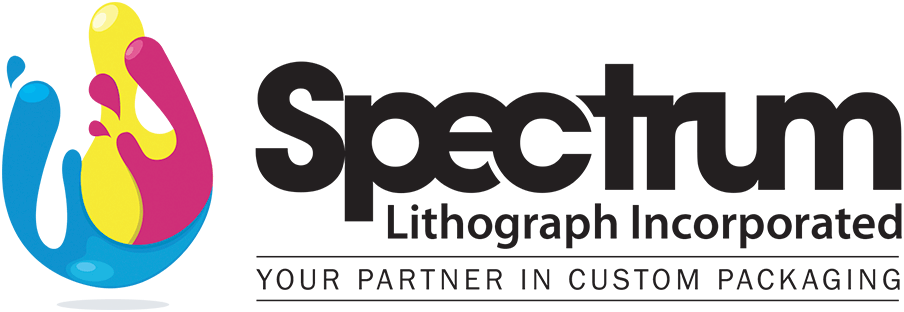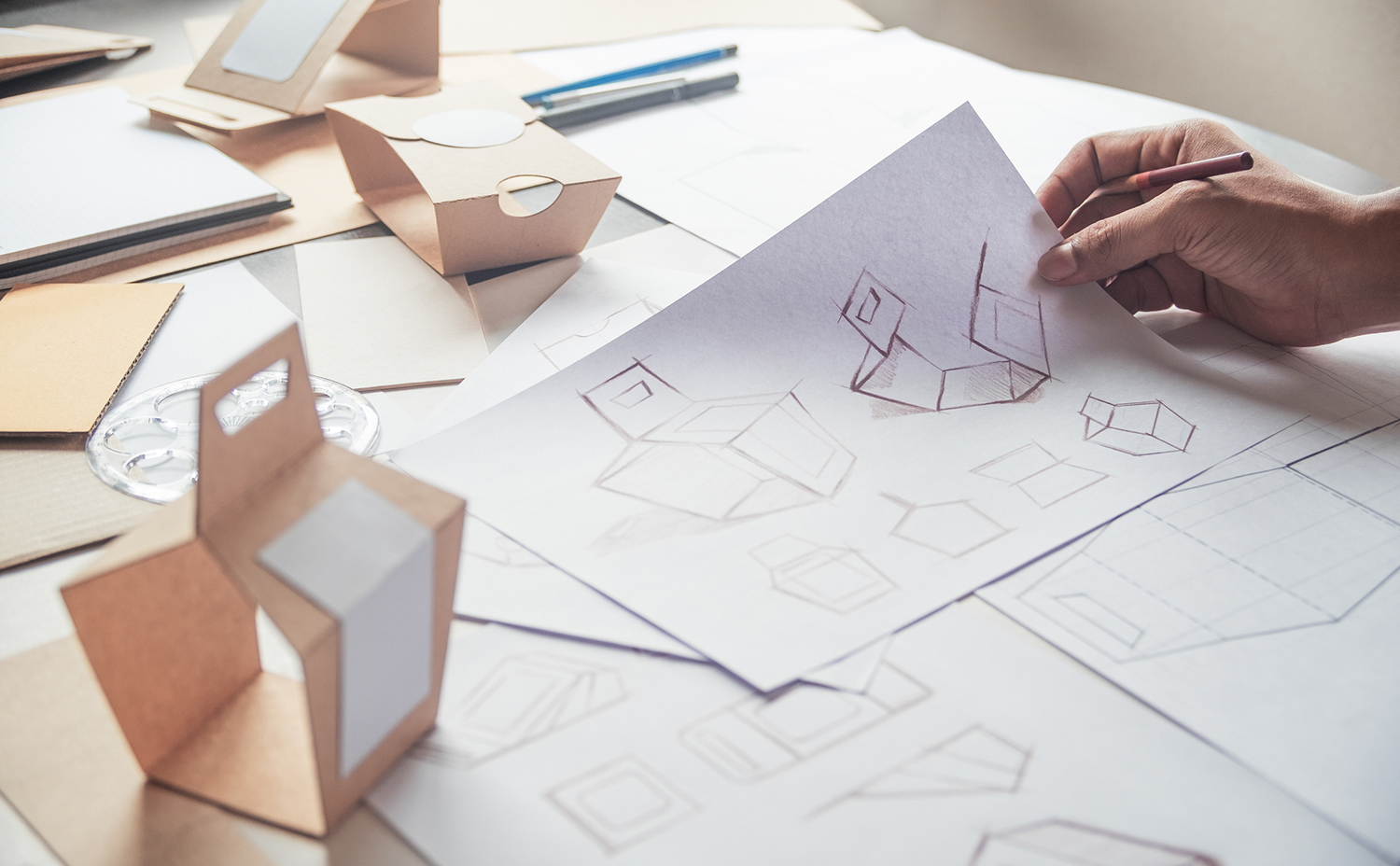In today’s competitive market, custom packaging is more than just a means of protecting a product—it’s a powerful tool for branding and customer engagement. Successful custom packaging can enhance the unboxing experience, communicate your brand’s values, and even drive repeat business. Let’s break down the key elements that make custom packaging not just effective, but exceptional.
1. Design and Branding
The design of your packaging is often the first interaction a customer has with your brand. It’s crucial to make a lasting impression.
- Visual Appeal: Your packaging should be visually striking and align with your brand identity. This includes the use of colors, fonts, and imagery that resonate with your target audience.
- Logo Placement: Ensure your logo is prominently displayed. It should be easily recognizable and serve as a visual anchor for your brand.
- Brand Story: Use the packaging to tell your brand’s story. This could be through a tagline, mission statement, or even a brief history of your company.
2. Material Selection
The materials you choose for your packaging speak volumes about your brand’s commitment to quality and sustainability.
- Sustainability: Modern consumers are increasingly eco-conscious. Opt for materials that are recyclable, biodegradable, or made from recycled content.
- Durability: Your packaging must protect your product during transit and handling. Choose materials that are sturdy enough to prevent damage.
- Tactile Experience: The feel of the packaging can enhance the overall unboxing experience. Soft-touch coatings, textured finishes, or high-quality paper can add a premium touch.
3. Functionality
Great packaging is not just about looks; it must also be functional.
- Ease of Use: The packaging should be easy to open and reseal if necessary. Complex or frustrating packaging can lead to a negative customer experience.
- Fit and Protection: Ensure that the packaging fits your product perfectly and provides adequate protection. Custom inserts or padding can prevent damage during shipping.
- Convenience: Think about the end-user. Features like handles, reusability, or multi-purpose design can add significant value.
4. Unboxing Experience
The unboxing experience has become a vital aspect of consumer satisfaction and brand loyalty.
- Reveal: Design your packaging to create a sense of anticipation and delight. Layering, compartments, and unique opening mechanisms can make the unboxing process exciting.
- Personal Touches: Including personalized messages, thank you notes, or even small freebies can create a memorable experience that encourages customers to share their unboxing on social media.
- Aesthetics: The interior design should be as thoughtful as the exterior. Using branded tissue paper, stickers, or inserts can enhance the overall experience.
5. Cost-Effectiveness
While custom packaging can be a significant investment, it’s important to balance cost with quality and impact.
- Bulk Ordering: Ordering in bulk can reduce costs per unit. Partner with a reliable supplier to negotiate favorable terms.
- Design Efficiency: Optimize your packaging design to minimize waste and reduce material costs. Smart design can lead to significant savings without compromising quality.
- Value Perception: High-quality packaging can justify a higher price point for your product. Consumers often perceive well-packaged products as more valuable.
6. Compliance and Safety
Ensure that your packaging meets all relevant regulatory standards and safety requirements.
- Labeling: Proper labeling is essential for compliance with legal requirements, especially in industries like food and pharmaceuticals. Ensure all necessary information is clearly and accurately presented.
- Safety Standards: Adhere to safety standards to avoid recalls or legal issues. This includes using non-toxic materials and ensuring the packaging is child-proof if necessary.
7. Innovative Features
Incorporating innovative features can set your packaging apart from the competition.
- Smart Packaging: Technologies like QR codes, NFC tags, or augmented reality can create interactive experiences and provide valuable product information.
- Custom Shapes and Sizes: Don’t be afraid to think outside the box—literally. Unique shapes and custom sizes can make your product stand out on the shelf.
- Eco-Innovations: Stay ahead of the curve with eco-friendly innovations like compostable materials, plant-based inks, and minimalistic designs that reduce environmental impact.
Conclusion
Custom packaging is an integral component of a successful brand strategy. By focusing on design, materials, functionality, the unboxing experience, cost-effectiveness, compliance, and innovation, you can create packaging that not only protects your product but also delights your customers and strengthens your brand. Invest in thoughtful, high-quality packaging to ensure your products make a lasting impression from the moment they reach your customer’s hands.

